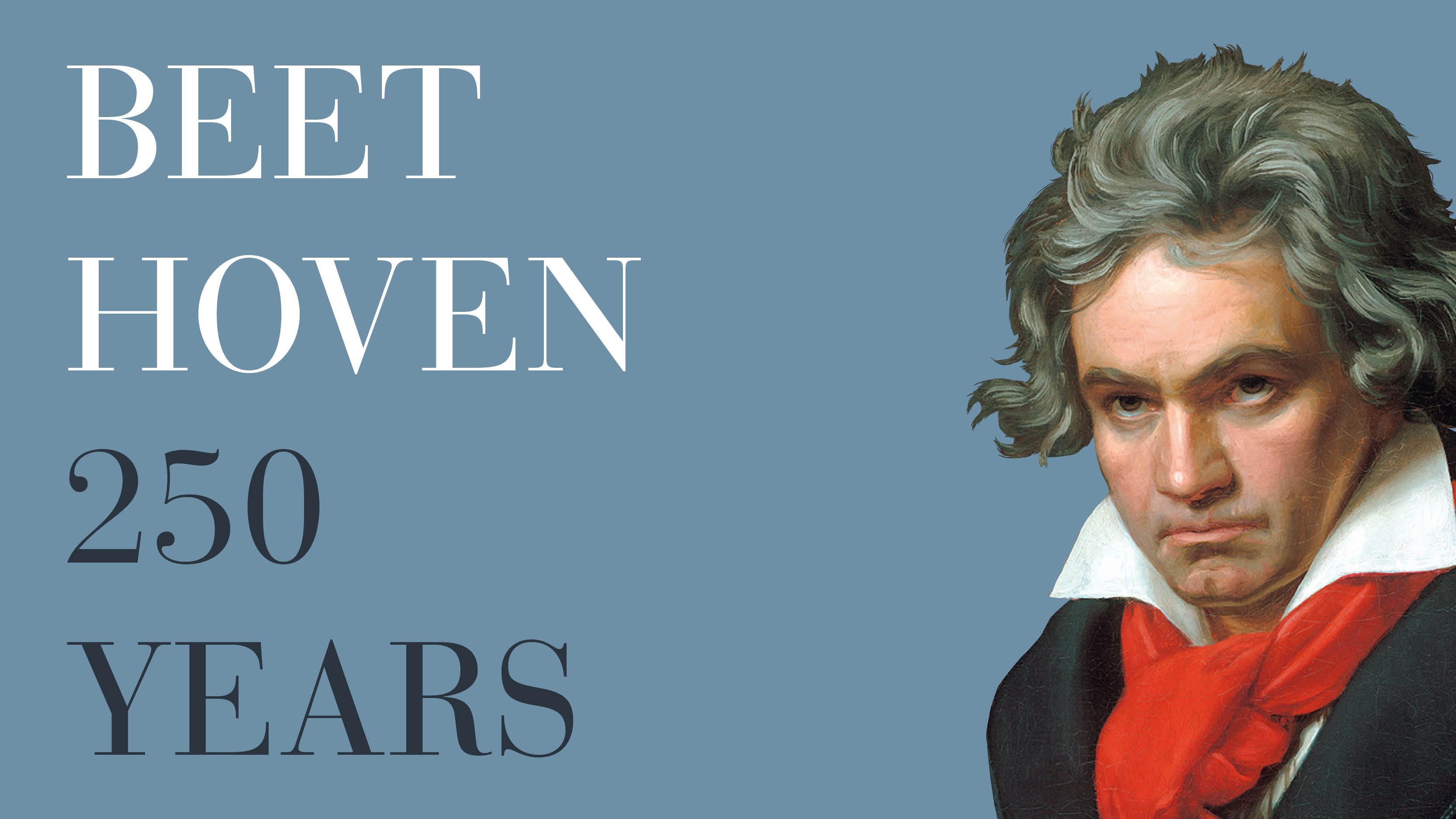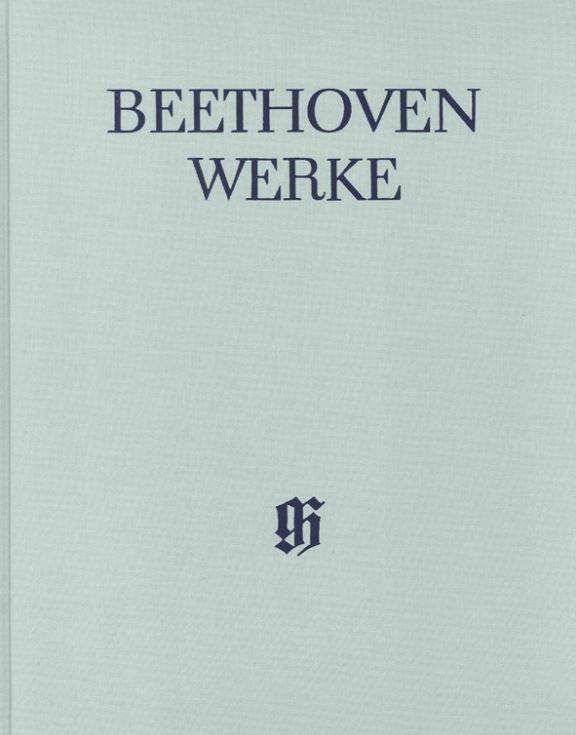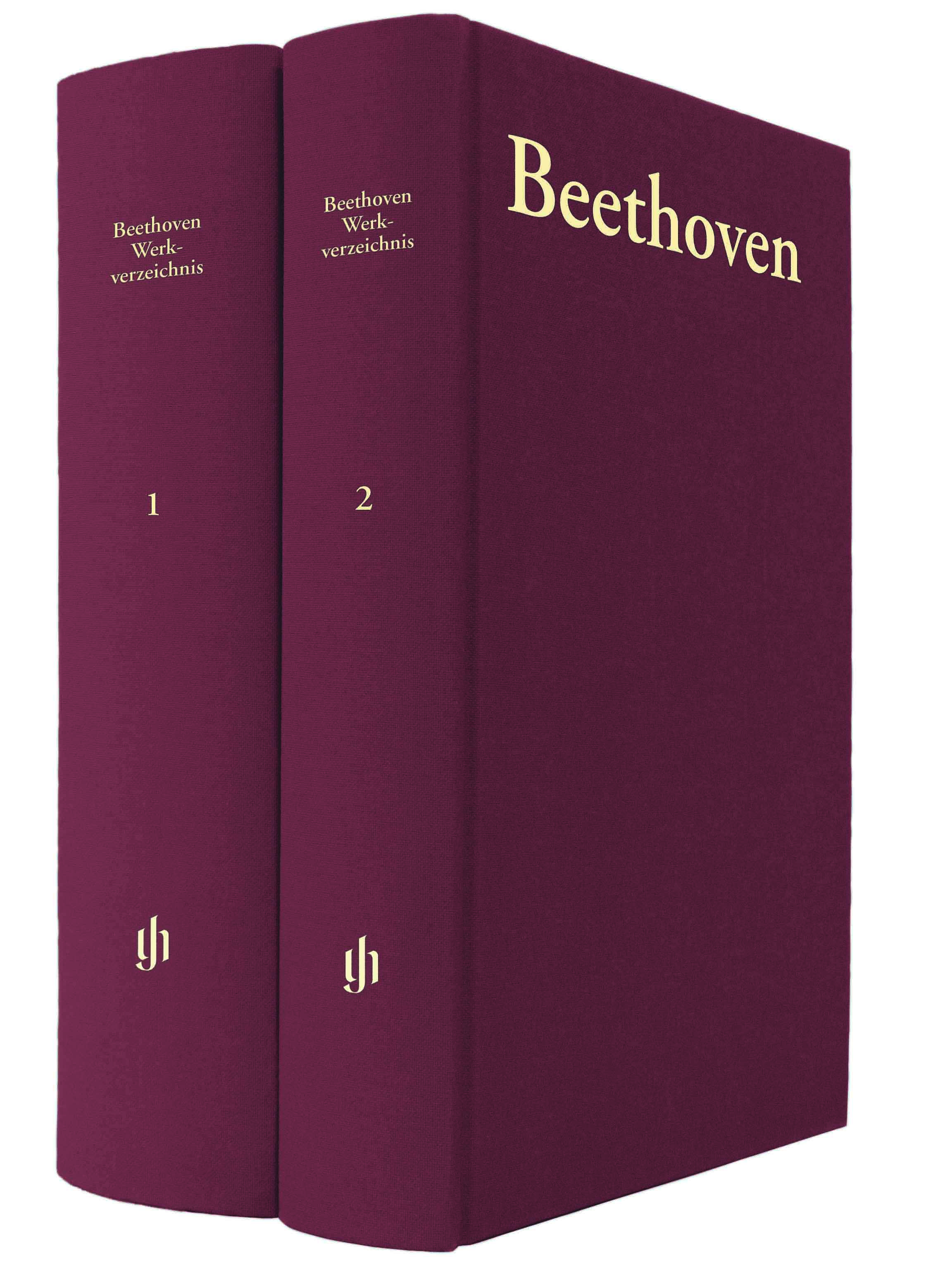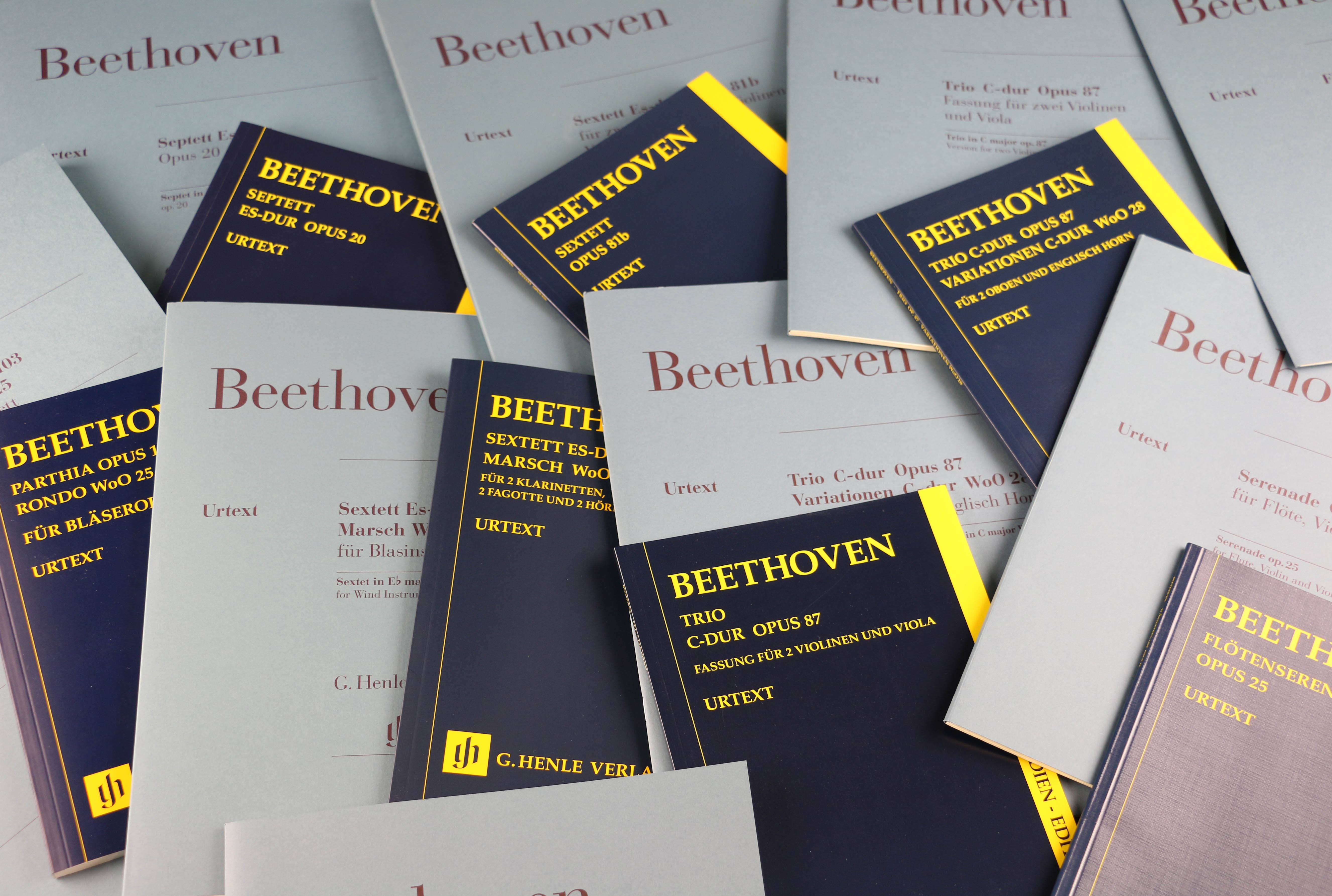 As we were celebrating our 200th blog post two weeks ago, my colleague Wolf-Dieter Seiffert cast a splendid glance back at the many highly interesting and, we hope, entertaining articles that our blog team has written since 2011. Today I am looking ahead, because for Henle publishers next year is a very special one, the 250th birthday of the very greatest: LUDWIG VAN BEETHOVEN. Our blog will inevitably also be part and parcel of the excitement, so here, too, we’ll be paying special homage to the Viennese master in 2020, with all of the upcoming 20 plus blog posts from now until Christmas next year revolving around Ludwig van Beethoven!
As we were celebrating our 200th blog post two weeks ago, my colleague Wolf-Dieter Seiffert cast a splendid glance back at the many highly interesting and, we hope, entertaining articles that our blog team has written since 2011. Today I am looking ahead, because for Henle publishers next year is a very special one, the 250th birthday of the very greatest: LUDWIG VAN BEETHOVEN. Our blog will inevitably also be part and parcel of the excitement, so here, too, we’ll be paying special homage to the Viennese master in 2020, with all of the upcoming 20 plus blog posts from now until Christmas next year revolving around Ludwig van Beethoven!
 You all know that Henle publishers and Beethoven’s works virtually belong symbiotically together, a fact that naturally makes me as a Beethoven researcher particularly happy. From the founding of the publishing house in 1948, Beethoven has been at its forefront in many respects. In collaboration with the most important Beethoven research centre worldwide, our close partner the Beethoven-Haus Bonn, we alone have published since 1961 the complete new scholarly edition of his works. Based on these meticulously edited music texts, we have also included in our catalogue numerous practical Urtext editions, from compositions for piano solo to large-scale chamber music, from lieder to such unusual works as the pieces for mandolin and piano. Our license partner Breitkopf & Härtel looks after the large symphonic works from the complete edition, be they the masses, the symphonies or overtures; and the colleagues at Alkor in Kassel have in store the material for “Leonore”, “Fidelio” and the incidental music to “Egmont”, also drawing on Henle’s complete scholarly edition.
You all know that Henle publishers and Beethoven’s works virtually belong symbiotically together, a fact that naturally makes me as a Beethoven researcher particularly happy. From the founding of the publishing house in 1948, Beethoven has been at its forefront in many respects. In collaboration with the most important Beethoven research centre worldwide, our close partner the Beethoven-Haus Bonn, we alone have published since 1961 the complete new scholarly edition of his works. Based on these meticulously edited music texts, we have also included in our catalogue numerous practical Urtext editions, from compositions for piano solo to large-scale chamber music, from lieder to such unusual works as the pieces for mandolin and piano. Our license partner Breitkopf & Härtel looks after the large symphonic works from the complete edition, be they the masses, the symphonies or overtures; and the colleagues at Alkor in Kassel have in store the material for “Leonore”, “Fidelio” and the incidental music to “Egmont”, also drawing on Henle’s complete scholarly edition.
 A symbiosis benefits both sides, and so in reality Beethoven’s music is our publishing house’s most lucrative today. Our publishing service to Beethoven, on the other hand, is – in all modesty – unique, for where else, dear musicians, do you find his complete oeuvre optimally presented in practical music editions at the highest level? Not to mention the Beethoven thematic catalogue by Georg Kinsky and Hans Halm, which we published in 1955 as the fundamental bibliographical resource for all researches on his works. To account for the current state of research, the catalogue was updated in the 2014 new edition of more than 2,000 pages by editors Kurt Dorfmüller, Julia Ronge and myself. And finally, the scholarly edition of the Beethoven correspondence and the likewise scholarly compilation of contemporaries’ reports – all primary sources of the first magnitude for Beethoven research.
A symbiosis benefits both sides, and so in reality Beethoven’s music is our publishing house’s most lucrative today. Our publishing service to Beethoven, on the other hand, is – in all modesty – unique, for where else, dear musicians, do you find his complete oeuvre optimally presented in practical music editions at the highest level? Not to mention the Beethoven thematic catalogue by Georg Kinsky and Hans Halm, which we published in 1955 as the fundamental bibliographical resource for all researches on his works. To account for the current state of research, the catalogue was updated in the 2014 new edition of more than 2,000 pages by editors Kurt Dorfmüller, Julia Ronge and myself. And finally, the scholarly edition of the Beethoven correspondence and the likewise scholarly compilation of contemporaries’ reports – all primary sources of the first magnitude for Beethoven research.
 That’s more than enough reason to celebrate Beethoven at Henle, and as of now our blog expects to highlight very diversely his life and work (we have, of course, written a number of blog posts about Beethoven in the past, just see the index). The preliminary plan for 2020 looks very promising, ranging widely: “Beethoven as composer of cadenzas”, “The uncertain text of the ‘Hammerklavier’ sonata”, “‘Vocal’ Beethoven”, “Authentic arrangements”, “Beethoven and the viola”, “The new Perahia edition of Beethoven piano sonatas” and, and, and … I hope there will be something of interest to all of you!
That’s more than enough reason to celebrate Beethoven at Henle, and as of now our blog expects to highlight very diversely his life and work (we have, of course, written a number of blog posts about Beethoven in the past, just see the index). The preliminary plan for 2020 looks very promising, ranging widely: “Beethoven as composer of cadenzas”, “The uncertain text of the ‘Hammerklavier’ sonata”, “‘Vocal’ Beethoven”, “Authentic arrangements”, “Beethoven and the viola”, “The new Perahia edition of Beethoven piano sonatas” and, and, and … I hope there will be something of interest to all of you!
Two weeks from now we’re on our way! Enjoy our Beethoven anniversary blog year 2020!
Cordially yours,
Norbert Gertsch

Thanks for the great news! I look forward to new publications about the great L.V. Beethoven and his works. You have something to share with the world about the musical genius of Beethoven. Thanks to Mr. Wolf-Dieter Seifert for the letter. Sincerely, Vladimir Zeynalov.